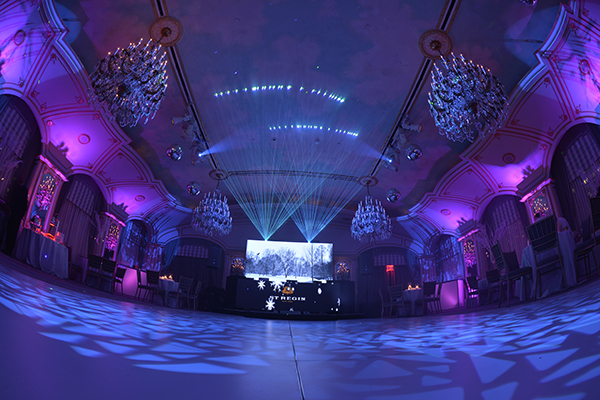Highlighting the Influence of Lighting Techniques on the Craft of Video Projections Mapping
Highlighting the Influence of Lighting Techniques on the Craft of Video Projections Mapping
Blog Article
Video projection mapping is an innovative art form that combines technology and creativity to transform common spaces into remarkable sight displays. This method entails projecting images and videos onto 3D objects, such as structures, sculptures, or stages. One of the key significant elements in creating effective mapping in the use of effective illumination methods. Proper illumination enhances the aesthetic elements of the projection and ensures that the visuals are clear and captivating. This article examines the impact of illumination methods on video projection and how they can elevate the complete experience.
Illumination plays a crucial role in motion mapping because it establishes the mood and tone of the display. Different illumination techniques can elicit various emotions and reactions from the viewers. For example, using gentle, warm lights can create a welcoming environment, while vivid, cool illumination may produce a more energetic or dramatic effect. By thoughtfully choosing illumination hues and brightness, creators can manipulate how viewers perceive the projected images, leading to a more engaging experience. The equilibrium between mapping luminance and ambient light is essential, as it can significantly affect the clarity and effect of the images.
In addition to, hue and brightness, the angle of illumination also affects the efficacy of projection. Illumination from different angles can create shadows and highlights that introduce dimension to the mapped visuals. This method, known as light and shadow, can improve the 3D quality of the subjects being projected. Additionally, using dynamic illumination can introduce energy to the display, making the encounter more involving for the viewers. When the illumination interacts with the mapped images, it can create an illusion of movement and transformation, capturing the viewers' focus.
Another important element of illumination in mapping in the use of unique features. Methods such as patterned illumination, which employs shapes and forms to project light, can introduce depth and intricacy to the mapping. This you can check here approach enables creators to layer images and create aesthetically captivating results that enhance the projection. Moreover, adding laser lights or light-emitting diode illumination can additionally improve the exhibit, providing a unique blend of visual elements that draw the audience in. These special effects, when used thoughtfully, can elevate the mapping into a basic show to an engaging work of creativity.
In summary, the influence of illumination methods on motion projection is profound. By comprehending how different lighting elements interact with projected images, artists can produce enthralling encounters that connect with audience. The careful selection of video mapping for virtual reality color, intensity, angle, and unique features enables for a rich tapestry of visual storytelling. As tech advances to evolve, the options for creative expression in projection will only expand, making illumination an increasingly vital aspect in this innovative creative form.